A Comprehensive Overview of IMDG Code for Shipping Dangerous Goods
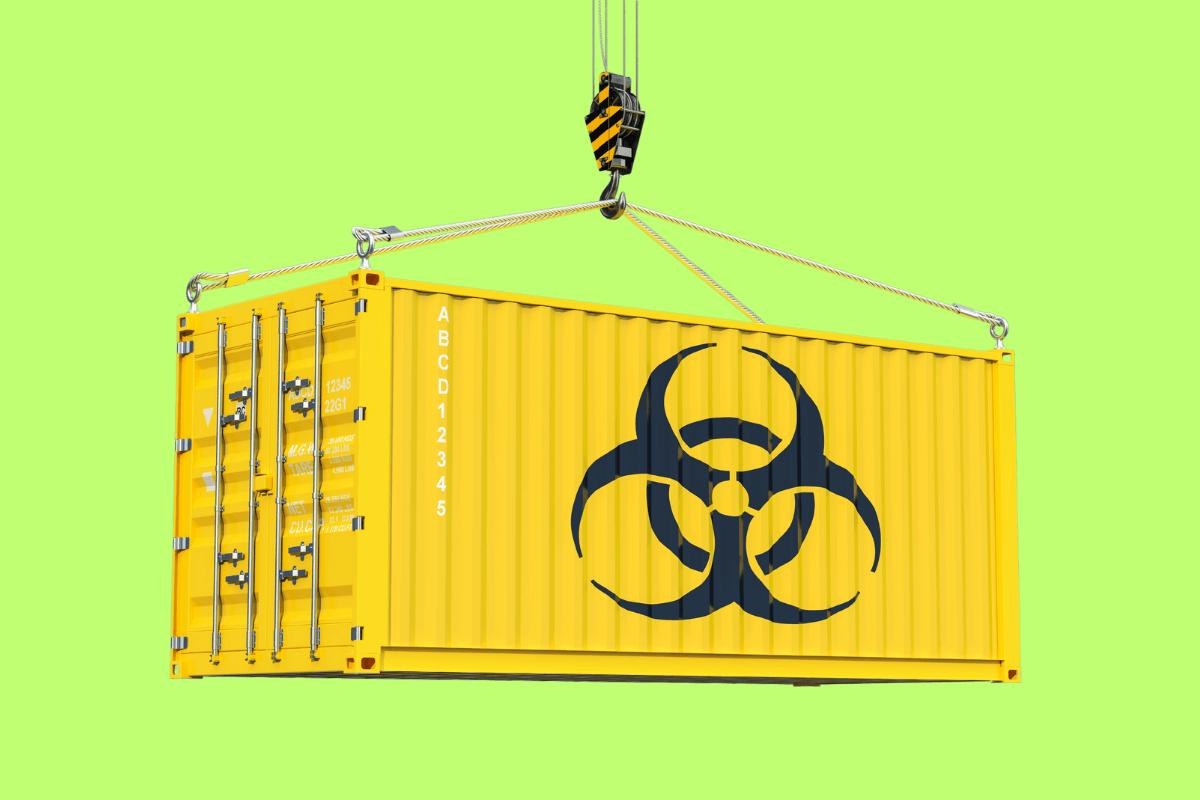
The International Maritime Dangerous Goods Code or IMDG Code was adopted in 1965 as per the SOLAS (International Convention For Safety Of Life at Sea) Convention of 1960 under the IMO. Also, some of the provisions of MARPOL are extended in the IMDG Code.
IMDG Regulations are updated periodically. The 2018 edition came into effect in 2020. However, the 2020 codes were enacted on 1 June 2022, after a five-month delay caused by the COVID-19 pandemic.
The objective of the IMDG Code is to ensure the safe transport of dangerous goods and prevent all types of marine pollution while allowing the free unrestricted movement of such goods. It also focuses on the preservation of the marine environment and the prevention of pollution. Voluntary compliance with the code began on 1 January 2019, and mandatory compliance with the code started on 1 January 2020.
It was developed as a uniform international code for transporting dangerous goods by sea, including packing, container traffic, and stowage, with special emphasis on segregating incompatible substances. It is a two-volume set; another one-volume supplement emphasises fires and spillage emergencies.
The IMDG code also ensures that goods transported through seaways are packaged safely. The dangerous goods code is uniform, meaning that it applies to all cargo-carrying ships worldwide.
Dangerous goods are materials essential for manufacturing items like electronics, cars, batteries, and pharmaceuticals, for which there is tremendous demand and a large chunk of world trade.
Related Reading: 8 Things Deck Officers Must Know While Handling Packaged IMDG Cargo
What Is IMDG CODE?
The Dangerous Goods Code was created per the recommendations of the United Nations Panel of Experts on the transportation of hazardous goods, along with the IMO (International Maritime Organisation). The UN presented this proposal as a report in 1956, after which the IMO IMDG Code was started to be drafted in 1961.
Related Reading: 5 Instruments of IMO every Seafarer Should Know
Since marine transportation has undergone a lot of development and changes, it becomes essential that the code also keeps up with the changes. This is why there have been constant amendments to the IMDG code. The amendments are proposed every two years, and the adoption of the amendments takes place after two years of the proposal by the concerned authorities. The amendments are presented in this manner:
- The countries that are members of the IMO present the required proposal.
- The UN’s expert panel then views and decides what proposals merit immediate attention in the upcoming amendment.
Related Reading: Material Safety Data Sheet or MSDS Used On Ships
Shipping Dangerous Cargo
Shipping dangerous goods is a very tricky business. This is why, to avoid complications or problems while categorising the aspect and level of danger, there is a set of classifications for dangerous goods. There are nine clauses in which dangerous goods are classified. The dangerous goods labels and dangerous goods certificate for the cargo are issued as per the nine clauses, which are explained as follows:
- Classification 1 is for explosives. The same classification has six subdivisions for materials that pose a high explosive risk and those that pose a low explosive risk, like aerosols and fireworks.
- Classification 2 is for gases. This clause has three sub-categories about highly flammable gases that are not inflammable and gases that are neither flammable nor toxic.
- Classification 3 is for flammable liquids and has no sub-divisions
- Classification 4 is for volatile solids. Three sub-categories deal with highly combustible solids, self-reactive solids and solids that, when interacting with water, could emit toxic gases
- Classification 5 is for substances that have the chance of oxidisation, like portable tanks
- Classification 6 is for all kinds of harmful substances, infectious substances or ones that could cause harm
- Classification 7 is specifically for radioactive material
- Classification 8 is for materials that face the threat of corrosion and erosion
- Classification 9 is for those substances that cannot be classified under any of the above heads, i.e. miscellaneous dangerous substances, like internal combustion engines, dry ice, etc.
Related Reading: Classification of Dangerous Goods
Importance of IMDG Code for seafarers
All the crew members engaged on a ship and directly involved with dangerous cargo carried on board the vessel must undergo a dangerous goods course based on STCW requirements and be prepared as per IMO guidance. Several shore-based training centres offer dangerous goods training to handle the IMDG cargo on a ship.
The following are essential points that a seafarer must understand under the IMDG code:
- Segregation of dangerous goods and identifying the proper shipping name of dangerous goods.
- They should know how the particular IMDG cargo should be packed
- He should understand different types of markings, labels or placards used to address various dangerous goods
- Must know the hazards associated with these goods and safe practices to load/unload the cargo unit carrying the IMDG products.
Related Reading: Cargo Handling On Ships – 10 Tips That Can Save Your Life
- The seafarer should understand the transport documents used for dangerous goods
- How to handle the hazardous goods when the ship is under voyage
Related Reading: Understanding Principles Of Passage Planning
- Inspector conduct a survey, if needed, to comply with applicable rules and regulations
- To know the best procedure to contain and fight a fire involving dangerous goods carried on a ship
Related Reading: Fighting Fire In Ship’s Cargo Hold
- To prepare hazardous goods loading/stowage plans considering ship stability, safety and emergency preparedness during an unfortunate incident.
- Understand the importance of correct dangerous goods declaration for port authorities and land transit purpose.
At present, the IMDG Code’s reach extends to about 150 countries worldwide, with around 98% of ships following its requirements. This figure helps us understand the code’s effectiveness concerning shipping dangerous goods across the oceans and the marine life that exists therein.
You may also like to read –
- What is IMO’s Global Integrated Shipping Information System (GISIS)?
- What Is Dangerous Goods Declaration in Shipping?
Disclaimer: The author’s views expressed in this article do not necessarily reflect the views of Marine Insight. Data and charts, if used, in the article have been sourced from available information and have not been authenticated by any statutory authority. The author and Marine Insight do not claim it to be accurate nor accept any responsibility for the same. The views constitute only the opinions and do not constitute any guidelines or recommendations on any course of action to be followed by the reader.
The article or images cannot be reproduced, copied, shared or used in any form without the permission of the author and Marine Insight.
Do you have info to share with us ? Suggest a correction

About Author
An ardent sailor and a techie, Anish Wankhede has voyaged on a number of ships as a marine engineer officer. He loves multitasking, networking, and troubleshooting. He is the one behind the unique creativity and aesthetics at Marine Insight.
Latest Maritime law Articles You Would Like:
Latest News
- What is the Purpose of DG Shipping?
- What are Logistics Risks?
- How Port and Terminal Operators Can Control Emissions?
- Minimum Quantity Commitment (MQC) and Liquidated Damages in Container Shipping: Concept and Relevance
- MARPOL (The International Convention for Prevention of Marine Pollution For Ships): The Ultimate Guide
- The Ultimate Shipping Container Dimensions Guide
Subscribe To Our Newsletters
By subscribing, you agree to our Privacy Policy and may receive occasional deal communications; you can unsubscribe anytime.




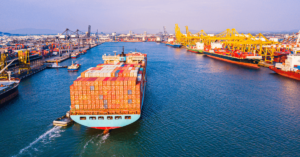
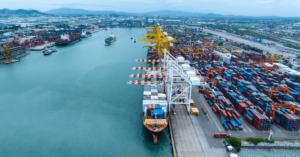
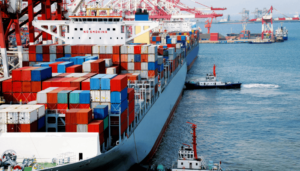
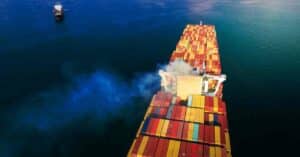
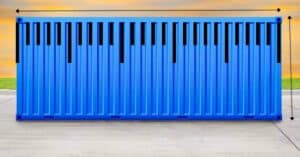


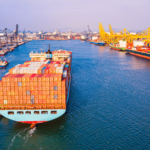
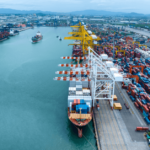
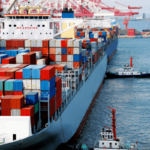
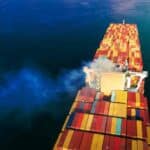

if all DG containers need label? even class 9 ?????????????or limited quantity?
All dangerous goods need a label no matter if it is in a small bottle or large drum such that it can be easily identified and it’s chemical properties easily recognised by the pictogram i.e. corrosive, flammable. because as ordinary people handling it, you are not going to be able to tell if it’s an flammable chemical by it’s chemical name so how will you know how to properly handle it?.
It is important in the transport of dangerous goods (air/sea/land) that all chemicals be correctly named and labelled. There are strict laws on it (air/sea/land) and especially if you are importing/ exporting that stuff.
i)Does Coal Comes Under IMDG Cargo?
ii)Does imdg applies to all ships carrying dangerous goods or only goods in packed form?
what are the functions of the IMDG code and how all types of dangerous and hazardous goods are classified within it.
Wow, that’s what I was exploring for, what a information!
existing here at this web site, thanks admin of this web page.
Juventus matchtröja
Thank you very much for your kind words. Credit goes to our readers like you, for supporting us.
Great post! Have nice day ! 🙂 mozux
How does the various elements contained in the IMDG code enables the safe carriage of dangerious goods at sea.
It says the imdg code is applicable for all ships carrying dangerous cargo. What about oil and chemical tankers carrying dangerous cargoes is bulk?
@Jose: It is applicable for all hazardous cargo…carried in any form.
@yash
Yes coal comes under imdg code..
It comes under group B under imsbc
i.e substance which posses chemical hazards.
very informative post thanxxx….
Glad the post is useful ????
hi, Just now we have some goods which is solar panel for domestic use string light. Forwarder required many doc in MSDS file show it is IMDG 37-14 . Can we ship as NDG ??
I wanted to know if I can ship a mixed load and use a “DANGER” placard
@It depends on various factor such as how the dangerous cargo will react with others. The best way is to ship them separately.
Does IMDG training legally required.
IS it applied for aviation?
I am happy to read article, such an informative content that you have provided for us. I would love to read more blogs about it. Keep it up with good work.
@Dylan: Thank you for your kind words.
HI Anish
Great article – a question please.
I am associated with a port operator that received a number of leaking (chemical) containers. I am new to the ports industry and I detect some disagreement here. Is IMDG relevant and useful to berthed vessels would you say? – emergency response, containment, safe management? Or is it more usefully applicable to vessels at sea?
Appreciate your guidance.
Ron
@Ron: The IMDG code provides document for the dangerous cargo which is applicable in any place, whether it is in land, sea, or on ship berthed in port.
Is there any provisions that allows a vessel carrying dangerous goods either packed or not can discharge at sea?
if it has, since most of it is in package form, is criteria essential in discharging?
@Jovel: Did you mean discharge packaged cargo at sea? It can be done under emergency circumstances only.
Hello,
I need to know pls what are the regulations concerning the liability of each entity concerning the labeling of the goods and the container when shipping dangerous class 8 goods by sea?
The cargo is properly packed inside the container with the correct label on the gallons. My question is regarding the labels that should be put on the container from the outside. Is this a requirement when shipping Class 8 goods? If so, who is responsible for this when it is an Ex-Works shipment?
Thank you,
AMN
@AMN: This is a very good reference: https://law.resource.org/pub/us/cfr/ibr/004/imo.imdg.1.2006.pdf
We have regular claims from shipping line for IMDG labels are missing at the transhipment port or POD . The shipping line claims an amount for re-labelling the container
My concern is when the container is gated in at POL, the labels are there , After the labels only the terminal allows us to gate in the container .
We produce the Photogragh of the container also to the shipping line showing the proof that the container was having the sticker at the time of loading at the POL.How can we fight with shipping line and waive off the said charges.
Is there any website where in I can have information on the what type of IMDG labels are required on the containers by sea mode and who is responsible when the goods are in water if the labels is pilled out , may be due to any reason such as weather , moisture .etc…
Please advise .
What Are parcel cargo ?
And precaution while loading
Any one know about this
Send me in detail
@Tasleem: It is a broader termed used for packaged shipment. The package can be in form of cartons, boxes, containers etc.
what is the difference between dangerous good and noxious liquid substance?
Done Reading